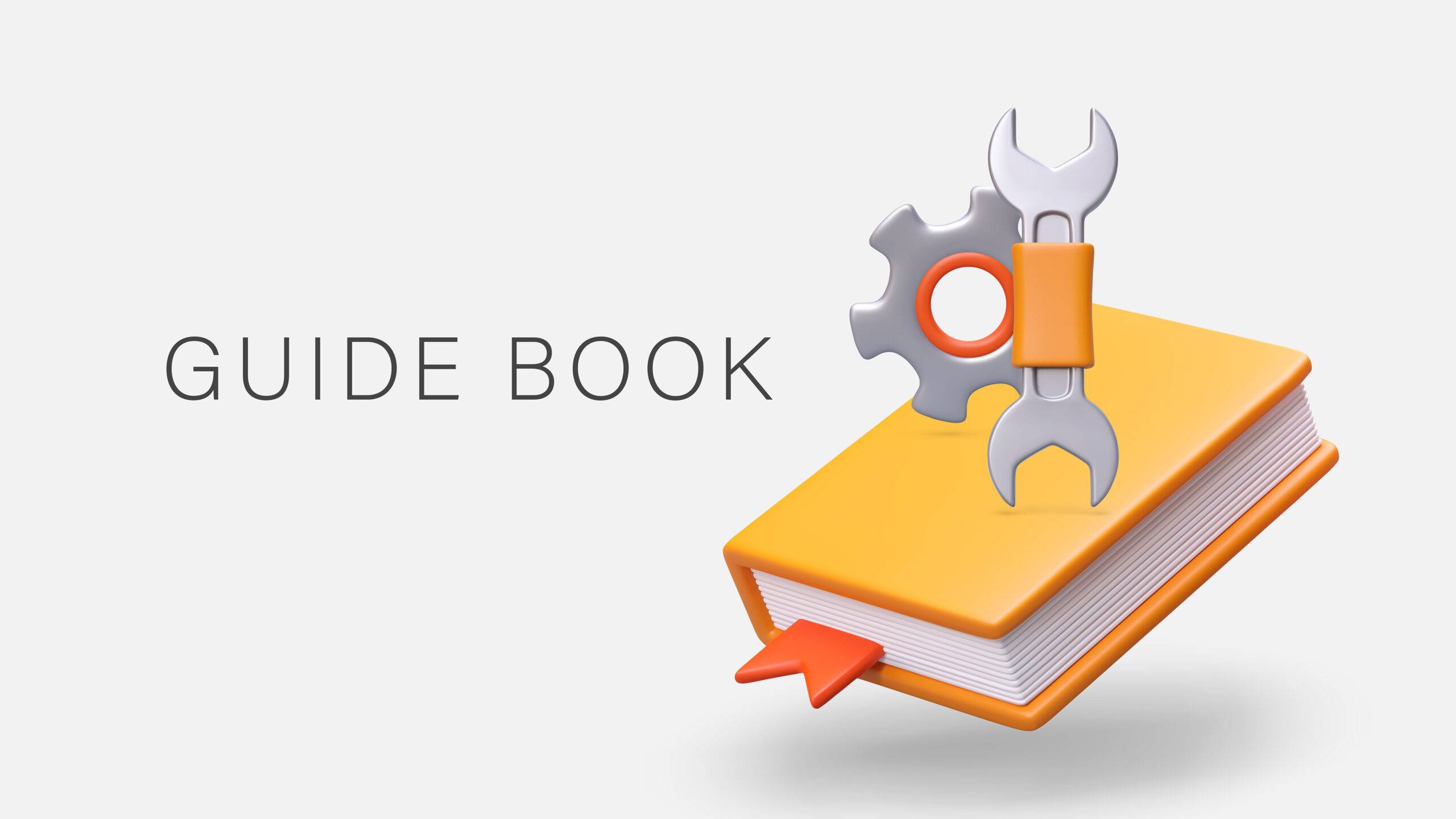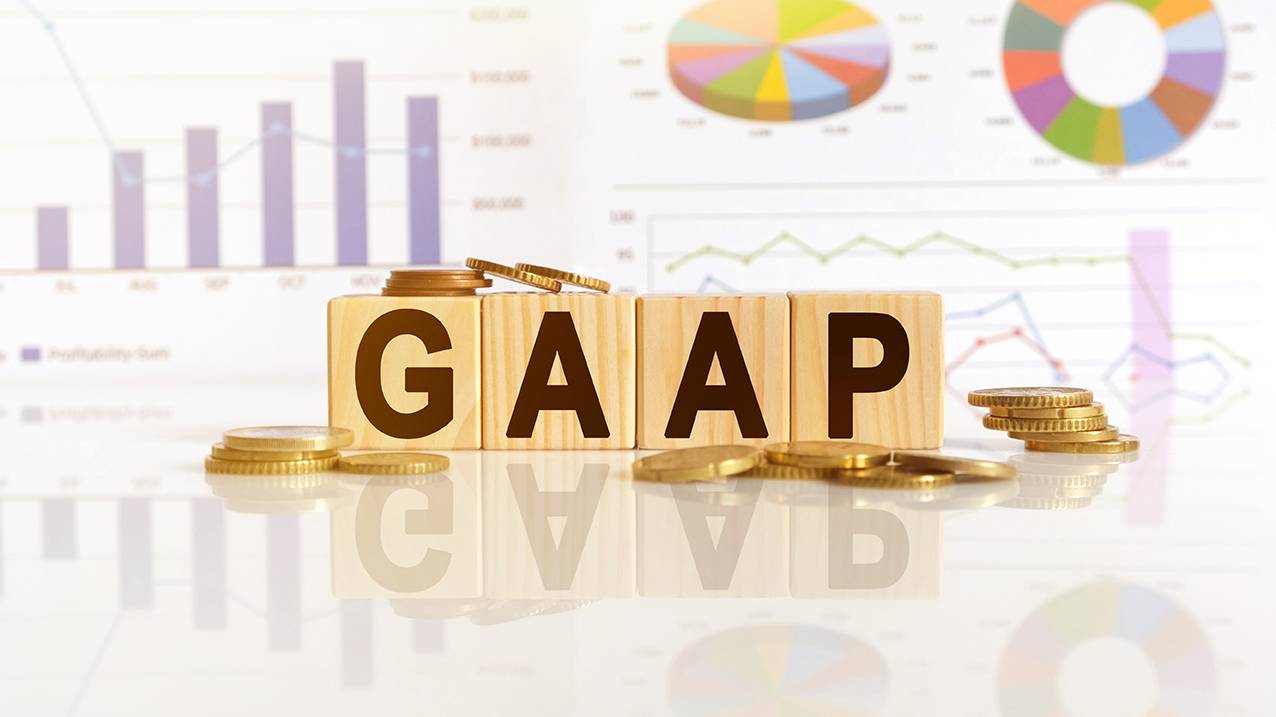Self-Study
Fair Value Accounting
Properly measure and report asset and liability fair values in financial statements, while mastering impairment evaluation requirements with Fair Value Accounting.

$58.00 – $78.00
Webcasts are available for viewing Monday – Saturday, 8am – 8pm ET.
Without FlexCast, you must start with enough time to finish. (1 Hr/Credit)
Please fill out the form below and we will reach out as soon as possible.
CPE Credits
2 Credits: Accounting
Course Level
Overview
Format
Self-Study
Course Description
Some assets and liabilities can now be reported at their fair values, which is a significant divergence from the common practice of only reporting historical costs. Fair Value Accounting helps the accountant sort out the situation by defining when fair value measurements should be performed, the parameters for measuring fair value, and how to disclose this information in the financial statements. The fair value accounting course also notes those situations in which fair value is used to evaluate whether assets have been impaired.
Learning Objectives
Upon successful completion of this course, participants will be able to:
- Identify the primary concepts and rules relating to the derivation of fair value measurements.
- Specify the situations in which the fair value option can be used.
- Recognize the situations in which fair values or a modified form of fair values are applied to the valuation of acquired assets and liabilities, as well as the impairment analyses for inventory, fixed assets, and goodwill.
Course Specifics
1183479
September 24, 2024
There are no prerequisites
None
59
Compliance Information
CMA Notice: Western CPE makes every attempt to maintain our CMA CPE library, to ensure a course meets your continuing education requirements please visit Insitute of Management Accountants (IMA)
CFP Notice: Not all courses that qualify for CFP® credit are registered by Western CPE. If a course does not have a CFP registration number in the compliance section, the continuing education will need to be individually reported with the CFP Board. For more information on the reporting process, required documentation, processing fee, etc., contact the CFP Board. CFP Professionals must take each course in it’s entirety, the CFP Board DOES NOT accept partial credits for courses.
Meet The Experts

Steven M. Bragg, CPA, is a full-time book and course author who has written more than 300 business books and courses. He provides Western CPE with self-study courses in the areas of accounting and finance, with an emphasis on the practical application of accounting standards and management techniques. A sampling of his courses include the The New Controller Guidebook, The GAAP Guidebook, Accountants’ Guidebook, and Closing the Books: An Accountant’s Guide. He also manages the Accounting Best Practices podcast. Steven has been the CFO or controller of both public and private companies and has been a consulting manager with Ernst & Young and …
Related Courses
-
 Accounting
Accounting
Accountants’ Guidebook
Steven M. Bragg, CPA QAS Self-Study
Credits: 30 $600.00
QAS Self-Study
Credits: 30 $600.00$600.00 – $640.00
-
 Accounting
Accounting
Accounting Fraud: Recent Cases
Joseph Helstrom, CPA QAS Self-Study
Credits: 1 $29.00
QAS Self-Study
Credits: 1 $29.00$29.00 – $49.00
-
 Accounting
Accounting
GAAP Guidebook
Steven M. Bragg, CPA QAS Self-Study
Credits: 29 $580.00
QAS Self-Study
Credits: 29 $580.00$580.00 – $620.00
